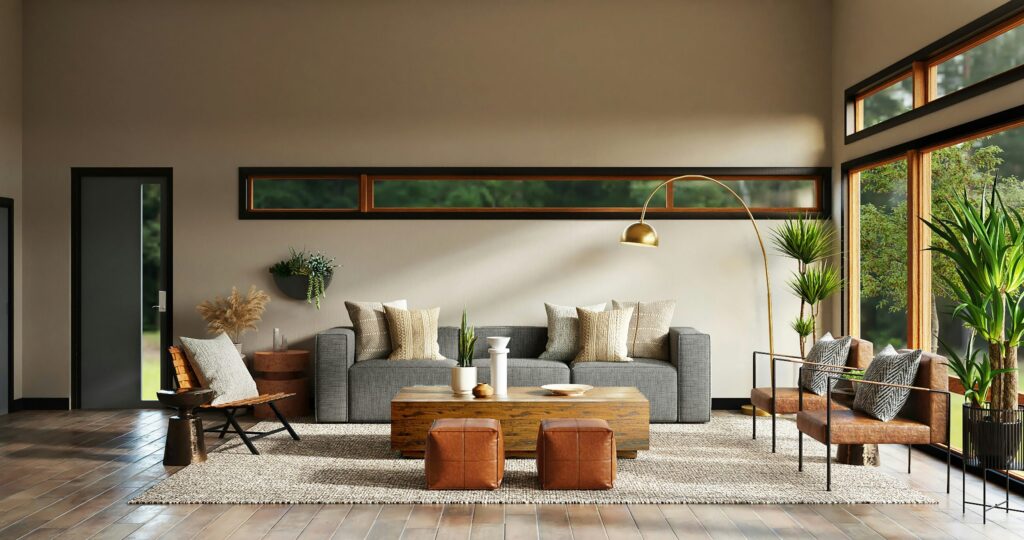Interior Design: Creating Stylish and Functional Spaces
Interior design is the art and science of enhancing the interior of a space to create an environment that is both aesthetically pleasing and functional. Whether it’s a cozy home, a bustling office, or a chic café, good interior design aims to make the space work better for the people who use it. By carefully balancing elements like color, light, furniture, and layout, designers can transform any room into a harmonious blend of style and practicality.
Choosing the Right Colors and Materials
Colors and materials play a significant role in interior design. They set the tone and mood of a space and can make it feel larger, cozier, or more vibrant. Neutral colors like whites, grays, and beiges create a calm and sophisticated atmosphere, while bold colors like reds, blues, and greens can add energy and personality. Combining different textures and finishes can add depth and interest.
Furniture and Layout
Selecting the right furniture and arranging it thoughtfully is essential for both style and function. Furniture should be proportionate to the room size and serve the intended purpose of the space. For a living room, comfortable seating is paramount, whereas, in a home office, a sturdy desk and ergonomic chair are crucial. The layout should facilitate easy movement and accessibility. Creating zones within a room can help define different activities, such as a reading nook in a bedroom or a dining area in an open-plan kitchen.

Lighting and Accessories
Lighting is a key element in interior design that can dramatically change the ambiance of a space. A combination of ambient, task, and accent lighting ensures that a room is well-lit and inviting. They can be easily updated to refresh the look of a room without a complete redesign.
Balancing Style and Function
The ultimate goal of interior design is to balance style and function. A beautifully designed space that is not functional will not serve its purpose, and a purely functional space without style can feel uninspiring. By paying attention to the needs of the users and incorporating elements that reflect their tastes and lifestyles, designers can create spaces that are both elegant and livable.
Interior design is a dynamic and creative process that involves making a space both stylish and functional. By understanding the unique characteristics of a space, choosing the right colors and materials, selecting appropriate furniture, and incorporating effective lighting and accessories, anyone can transform their surroundings. Balancing aesthetics and practicality ensures that spaces not only look good but also enhance the quality of life for those who use them.
